Browse Methods
Investigate world history approaches to analyzing different kinds of primary sources.
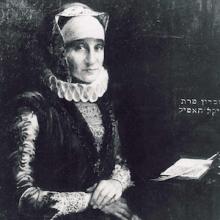
Analyzing Personal Accounts
The modules in Methods present case studies that demonstrate how scholars interpret different kinds of historical evidence in world history.. In the video below, historian Merry Wiesner-Hanks analyzes two personal accounts written by women living in northern Germany in the 17th century. The first is a diary written by a Jewish merchant, Glikl of Hameln.
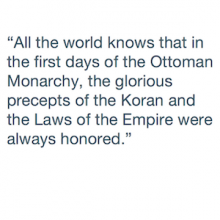
Analyzing Official Documents
The modules in Methods present case studies that demonstrate how scholars interpret different kinds of historical evidence in world history. In the video below, historian Dina Khoury analyzes two official proclamations by the government of the Ottoman Empire.
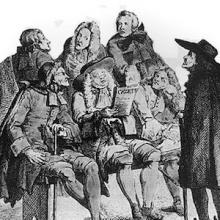
Analyzing Newspapers
The modules in Methods present case studies that demonstrate how scholars interpret different kinds of historical evidence in world history. In the video historian Jack Censer analyzes an 18th-century French newspaper, Le Courrier d’Avignon, and an image of the reading public in France around the same time.
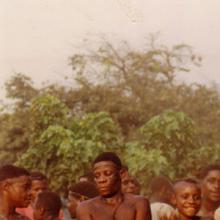
Analyzing Music
The modules in Methods present case studies that demonstrate how scholars interpret different kinds of historical evidence in world history. In the video historian Michelle Kisliuk analyzes sources related to female BaAka dancers from the southwestern Central African Republic in the rainforest region dancing a hunting dance called Ndambo.

Analyzing Maps
The modules in Methods present case studies that demonstrate how scholars interpret different kinds of historical evidence in world history. In the video historian Gerald Danzer analyzes maps of the world. In the primary sources menu below, you can examine two world maps two maps of the world.

Analyzing Objects
The modules in Methods present case studies that demonstrate how scholars interpret different kinds of historical evidence in world history. In the video below, historian Lawrence Butler analyzes sources related to the Hagia Sophia, including an image of the cathedral of the Byzantine Empire in Constantinople, (present day Istanbul), and an architectural drawing of the building’s floor plan.
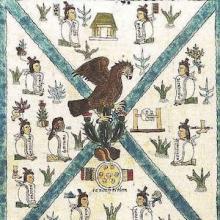
Analyzing Images
The modules in Methods present case studies that demonstrate how scholars interpret different kinds of historical evidence in world history.
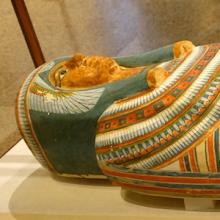
Analyzing Photographs
The modules in Methods present case studies that demonstrate how scholars interpret different kinds of historical evidence in world history. Images are depictions. What is not so simple is perceiving an image. We learn to perceive images, that is, to recognize them with understanding, through the filter of cultural experience.